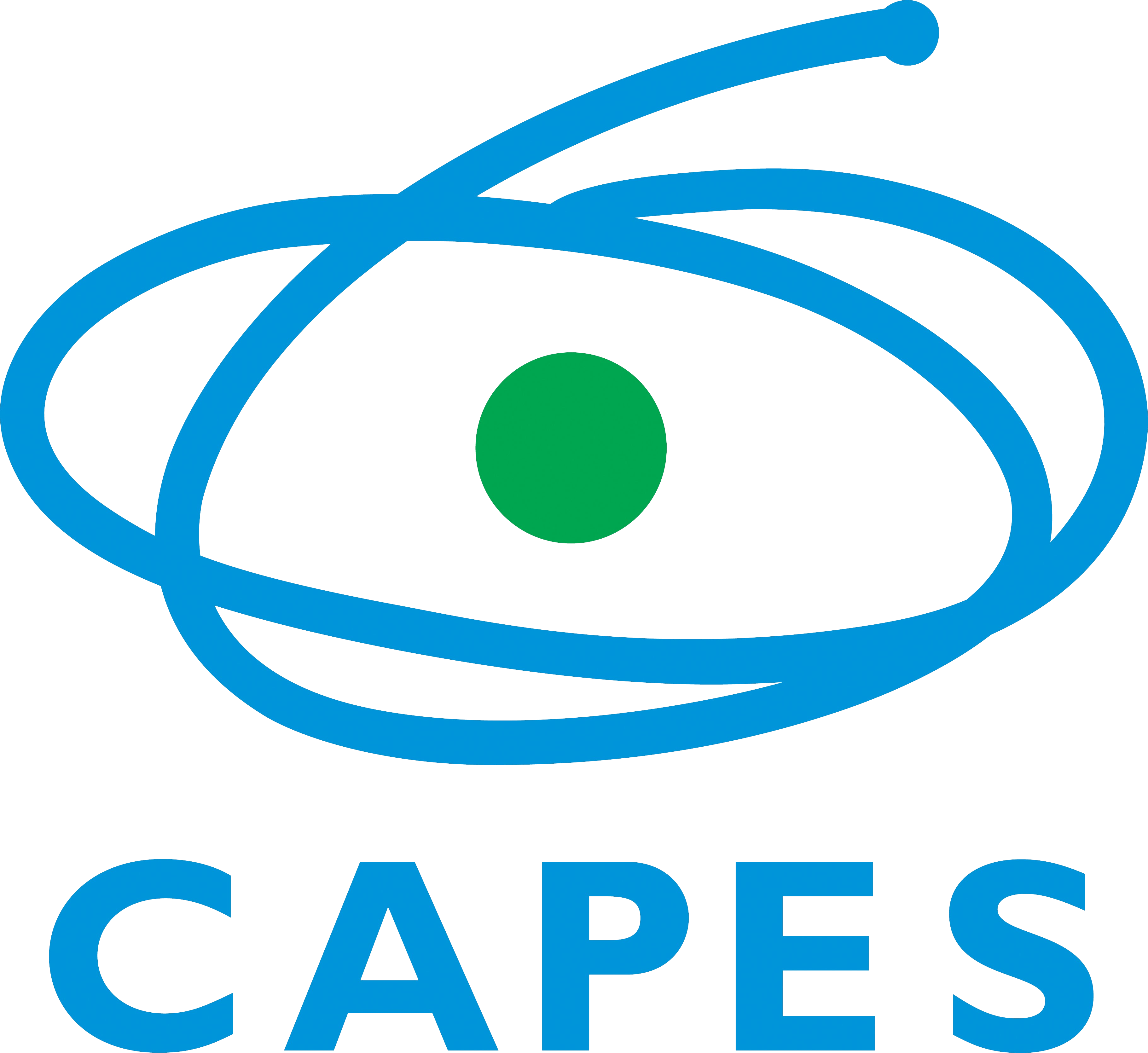Instruments
Ion trap - Spectroscopy and reactivity in solution and gas phase
The ion trap spectrometer, as any other mass spectrometer, sorts chemical species by their mass/charge ratio (m/z). These instruments use only electric fields to trap the ions in the interior of the trap. After trapped, these ions can be manipulated, fragmented by colisions and ejected. The detection of the ions takes place with the actual extraction of ions from the trap and their direct counting by detectors outside the trap. It is a fast spectrometer when compared to FT-ICRs, but has a lower resolution. In the specific case of the instrument we are about to set in our lab, which will be the central instrument of our group, it will have a electronspray source for ion generation, an ion molecule reaction system and a modified ion trap to allow the entrance of laser radiation. The electronspray source allows that many other ions that cannot be studied by our FT-ICR to be evaluated. Besides that, this ion source allows reactive intermediates, that could not be studied in solution due to their short lifetime, to be extracted and studied in the gas phase. The reaction apparatus is a system that allows neutral reagents to be added to the trap interior. The reagent flow is mixed with the ion trap He buffer gas and allows kinectic studies to be carried out at hte ion trap in a very similar setup used in FT-ICRs.The main modification of this instrument is the ability to use laser sources to irradiate ions, making it unique in Brazil and one of the few ion traps with this capability around the world. This modification allows us to irradiate the trapped ions with an infrared monochromatic frequency. Simillarly to other fragmentations, the vibrational energy absorbed by the ions will cause fragmentation of the ions in the interior of the ion trap. This fragmentation can be quantified as a function of the infrared frequency. Because the fragmentation is proportional to the absorbed energy, by monitoring this efficiency we can build an infrared spectra. This technique, called IRMPD spectroscopy, permit us to use the vibrational spectroscopy to evaluate conformational equilibriums and the nature of isotopes that may not be identified by the m/z ratio.By the synergic use of the ion source, gas phase ion molecule reaction apparatus and IRMPD spectroscopy, we can extract reactive intermediate ions from solution and evaluate their nature and conformational equilibrium and their kinectic behavior. These capabilities will be used to study chiral catalytical systems and important groups for synthetic chemistry, like building blocks and different ligands. To know more, check the research projects we are studying at the moment.This instrument is a plataform for the study of solution processes in the gas phase and it is available for any user under the multiuser project 2015/08539-1 associated with the FAPESP grant 2014/15962-5. To request time to use or know the usage rules for this instrument, use the form that can be reached at this page or get in touch with our group.
Ion mobility coupled to mass spectrometry
The Ion mobility Mass Spectrometry system (IMS-MS) is composed by two major parts: i) a mass spectrometer system (MS) and, ii) a Field Asymmetric Ion Mobility Spectrometry (FAIMS) device. The commercial MS system is a high sensitivity instrument capable of performing MS-MS experiments. MS-MS allows a selected ion to be fragmented into product ions, making the compound identification more certain and facilitates structural characterization. This MS system is equipped with a standard electrospray ionization (ESI) source and compatible with other API sources. The FAIMS device consists in a pair of electrodes that filter ions at ambient pressure in front of mass spectrometry inlets. Separation is by the difference between mobilities (K) in strong and weak electric fields. Differential ion mobility is much less correlated to ion mass than absolute mobility, resulting is much greater orthogonality between the FAIMS and MS dimensions. This allows FAIMS coupled to MS to deliver substantially better resolution than linear IMS at equal formal resolving power, enabling exceptional isomer separations. Therefore, IMS-MS system allow the differentiation of isobaric species that cannot be identified solely by the m/z values or fragmentation patterns, allowing the study of polymerization reactions, metabolites, drugs and other biomolecules. To know more, check the research projects we are studying at the moment.This instrument is a plataform for the study of solution processes in the gas phase and it is available for any user under the multiuser project 2022/00498-8 associated with the FAPESP grant 2021/06726-0. To request time to use or know the usage rules for this instrument, use the form that can be reached at this page or get in touch with our group.
Light sources
Our lab has a continuous tunnable CO2 laser and an infrared pulsed OPO-OPA system working on the 2000-4000 cm-1 range. A brief description of the operation and specifications of the OPO-OPA system may be found at Prof. Mark Johnson's group website at Yale. These light sources cover a wide range of the infrared spectra, what enhances the elucidation capability of the IRMPD spectroscopy and allow two photons experiments to be carried out. One of the current goals of our group is the installation of new stages at the OPO-OPA system to expand its infrared coverage. The use of light sources at the "fingerprint" region is usually necessary and is made possible by the use of free electron lases coupled to linear particle accelerators, like CLIO and FELIX.


